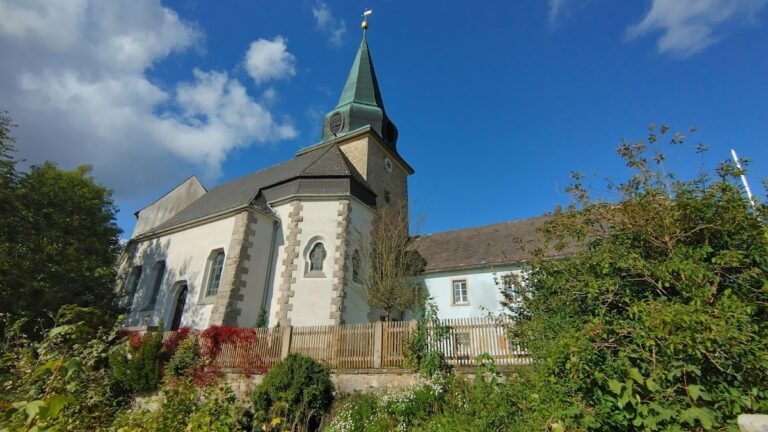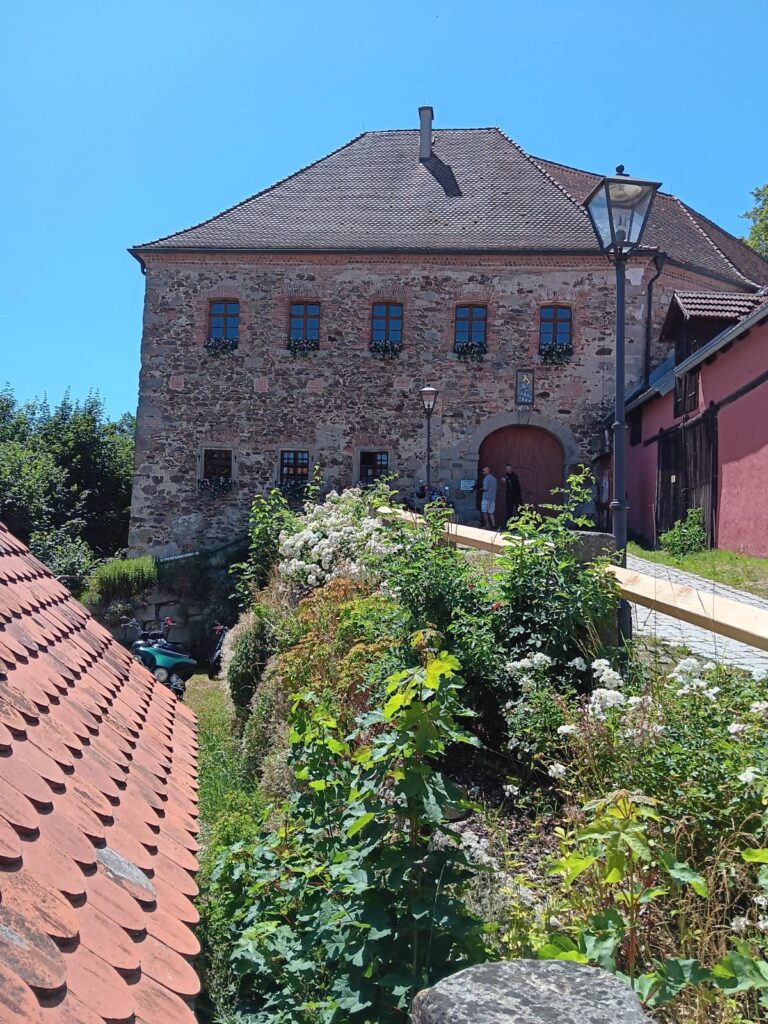Burg Parkstein: A Medieval Fortress in Parkstein, Germany
Visitor Information
Google Rating: 4.6
Popularity: Very Low
Google Maps: View on Google Maps
Country: Germany
Civilization: Unclassified
Remains: Military
History
Burg Parkstein is a medieval fortress located in the municipality of Parkstein, Germany, constructed by the people of the Holy Roman Empire. According to local legend, the castle’s site was selected after an imperial hunting party spotted the distinctive basalt hill during a boar hunt, leading to the decision to build a spur castle atop this prominent natural feature.
The earliest written record of the castle dates back to 1052 when it was reported to have suffered a destructive fire. After its reconstruction, Burg Parkstein became the residence of the ministeriales, who were unfree knights serving the Counts of Sulzbach, the lords of the castle and its surroundings. Over the following centuries, ownership of the fortress changed hands multiple times. In the 12th century, it was under the control of Emperor Frederick Barbarossa. By 1251, Duke Otto II of Bavaria came to possess it. Subsequent rulers included the Imperial City of Nuremberg, the Kingdom of Bohemia, the noble Leuchtenberg family, and eventually, the Wittelsbach dynasty.
From 1421 to 1714, Burg Parkstein was governed as part of a condominium administered jointly by the Electorate of Brandenburg and the Electoral Palatinate, an arrangement known as the Parkstein-Weiden joint office. During this period, the Brandenburg share transferred to the Duchy of Palatinate-Neuburg in 1505 and later to Palatinate-Sulzbach in 1615. Meanwhile, in 1623, Wolfgang Wilhelm of Palatinate-Neuburg obtained the Electoral Palatinate’s portion. The castle slowly fell into disuse and ruin, especially during the devastation of the Thirty Years’ War. In 1714, Palatinate-Neuburg sold its share to Palatinate-Sulzbach, ending the joint administration.
In the mid-18th century, significant demolition of the fortress began. Notably, in 1756, ashlar stones from the castle’s powder tower were repurposed to construct the parish church tower in the nearby town of Weiden. Following a major fire in 1835 that destroyed much of Parkstein, the remaining castle ruins were used as building materials for the town’s reconstruction. Today, only fragments of the once vast castle remain, while a chapel erected in 1851 now occupies the summit where Burg Parkstein once stood.
Remains
Burg Parkstein was originally a spur castle positioned atop a steep basalt cone, granting it a commanding view of the surrounding landscape. This elevated setting made the fortress one of the largest in the northern Bavarian region historically known as the Nordgau. The fortress featured strong stone constructions, including a notable powder tower made of finely cut ashlar stones—large blocks of masonry shaped to create smooth faces. In 1756, this tower was partially dismantled, and its stones were transported to Weiden for the erection of a church tower, marking an early example of material reuse in the area.
Today, the castle exists only as fragmented ruins scattered along the difficult climb of the basalt slope. The ruins provide a glimpse into the site’s fortified character but do not include fully accessible or restored sections. On the highest point of the former castle site, a chapel built in 1851 now stands, marking where the fortress once dominated the hill.
Archaeological investigations have uncovered evidence of an earlier hill settlement from the Urnfield period—a late Bronze Age culture known for its burial urns—beneath the medieval layers. Additionally, the remains of the medieval castle’s structures have been confirmed through digs, although detailed interior features, such as specific buildings or architectural plans, have not been extensively documented in the record. Both the castle ruins and the earlier archaeological traces are protected as cultural monuments under official heritage registrations, preserving this layered history within the basalt hill of Parkstein.










